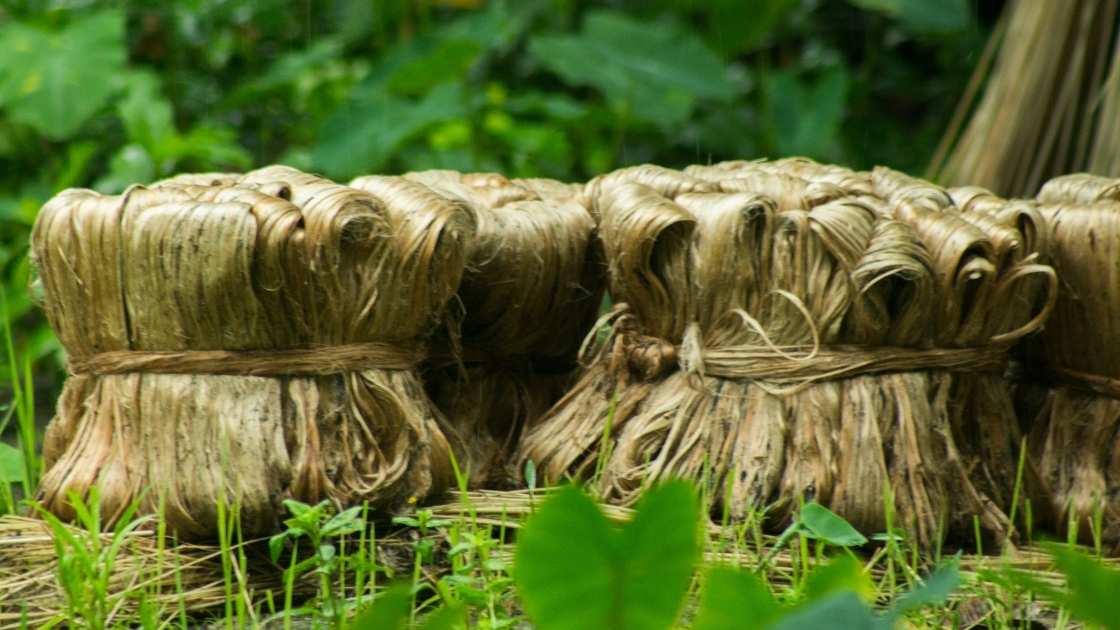The Cabinet Committee on Economic Affairs has approved the Minimum Support Price (MSP) for Raw Jute for the 2022-23 season. The MSP of Raw Jute has been fixed at Rs 4,750 per quintal for 2022-23 with an increase of Rs 250 over the previous year. The announced MSP of raw jute for the 2022-23 season is in line with the principle of fixing the MSP at a level of at least 1.5 times all India weighted average cost of production as announced by the Government in the Budget 2018-19.
Jute is considered the second most important fibre after cotton in terms of consumption, production, usage and availability. The jute industry is responsible for employing more than 3,70,000 workers and over four million farmers. With the view to promote this industry, various government initiatives have been taken over the past few years.
With the view to double the income of Jute Farmers and to popularise agronomic practices, JUTE ICARE was launched in 2015. The programme provides a package of scientific methods for jute cultivation and retting exercises which include, Registration of farmers, Supply of HYV certified jute seeds, Mechanical interventions like seed drill for line sowing, Nail / Cycle weeders for de-weeding among others. There is a need for concerted efforts to reduce the costs of Jute growing while improving the productivity and fibre quality for better price realization and value addition.
Since 2015-16, under this scheme, a total of 3 lakh farmers have been supported and 2,650 MT of Certified jute seeds, 4150 seed drill machines, 4950 nail weeder machines have been distributed.
As per the report, the ICARE intervention has resulted in an increase in income of farmers by about Rs.10,000 per hectare, productivity by 15% and quality of raw jute by 1 grade.
It is interesting to note that Jute is the only crop where earnings trickle way before the final harvest. The seeds are planted between April and May and harvested between July and August. The leaves of the wonder crop can be sold in vegetable markets for nearly two months of the four-month jute crop cycle. The tall, hardy grass shoots up to 2.5 metres and each part of it has several uses.
If we talk about the outer layer of the stem, it produces the fibre that goes into making jute products. But the leaves can be cooked, the inner woody stems can be used to manufacture paper and the roots. For cultivation, jute requires very little water and fertiliser. The monetary returns on jute are twice that of paddy. An acre of land produces approximately nine quintals of fibre. In October 2020, the government decided that 100% food grains and 20% sugar will be mandatorily packaged in jute bags.

